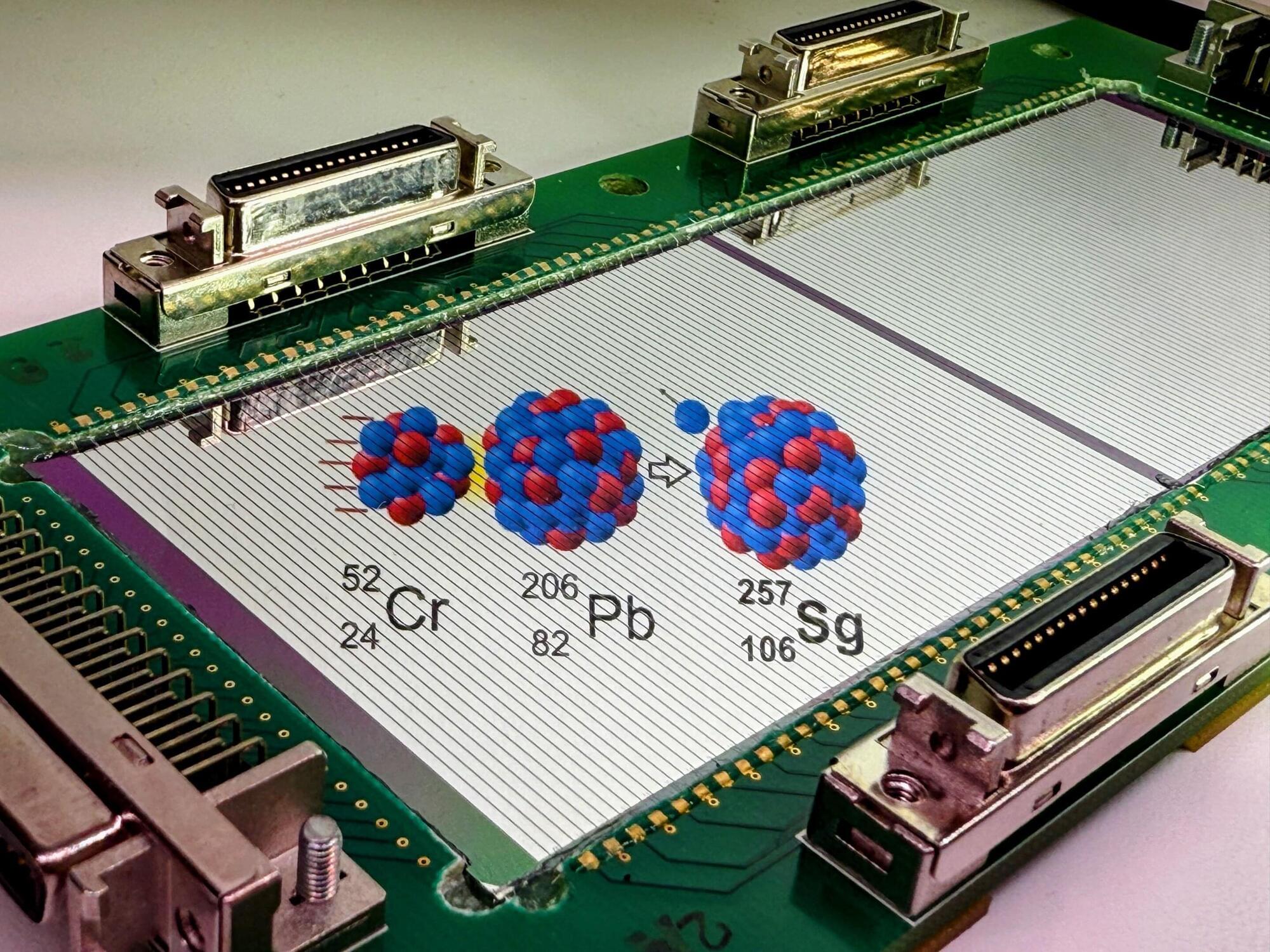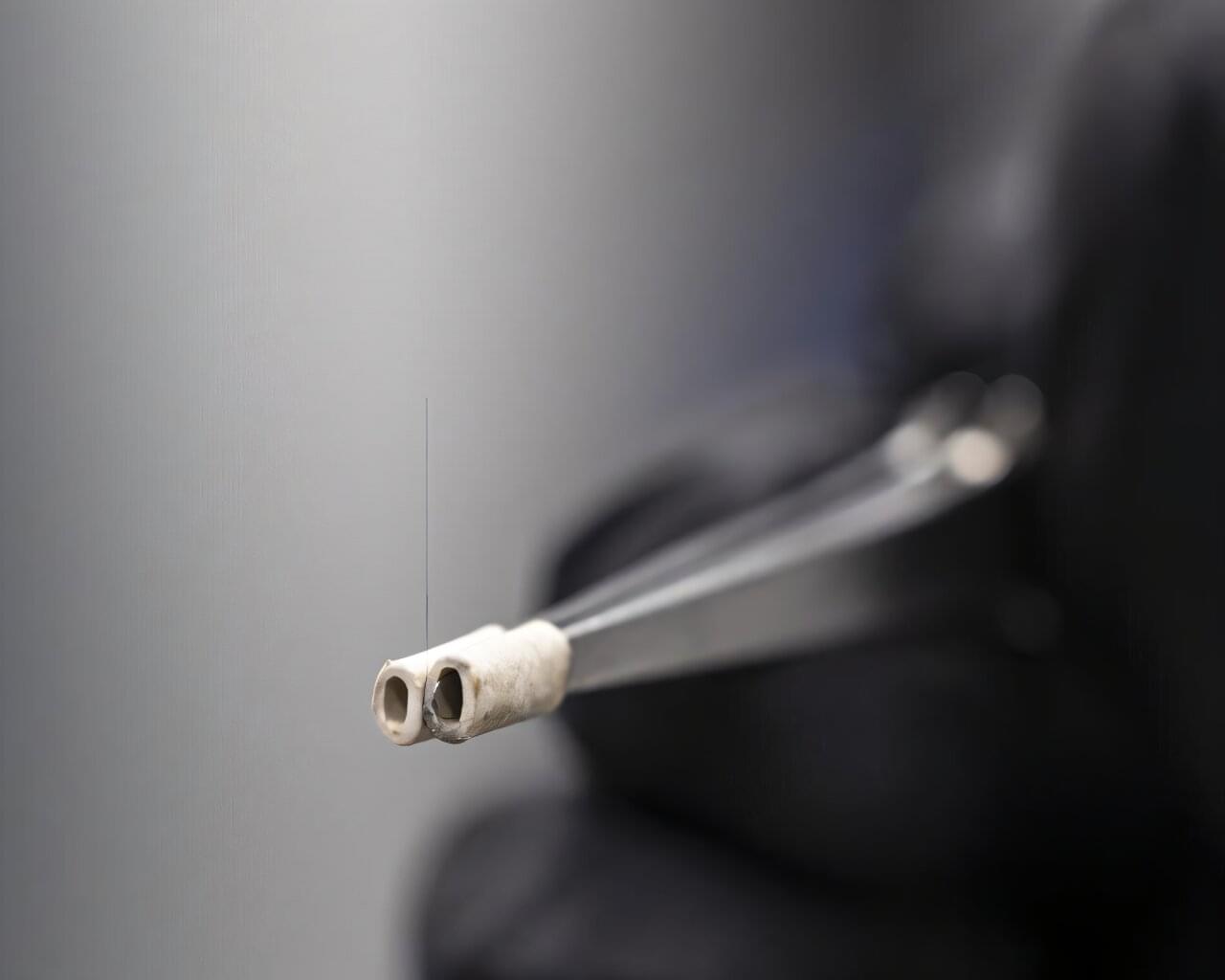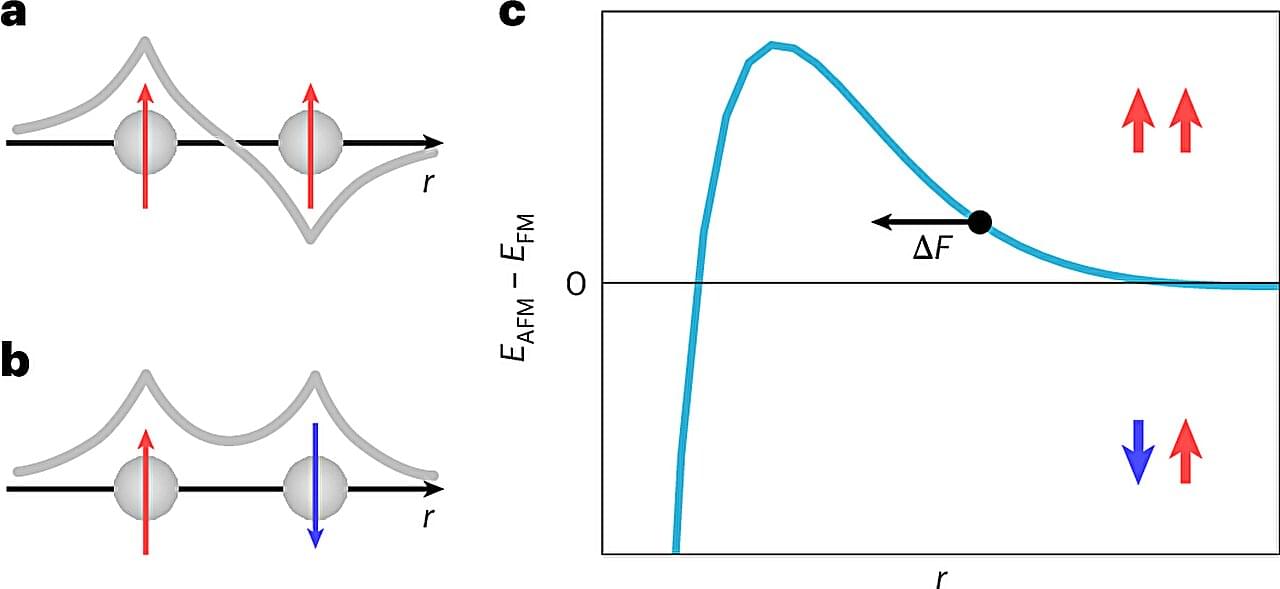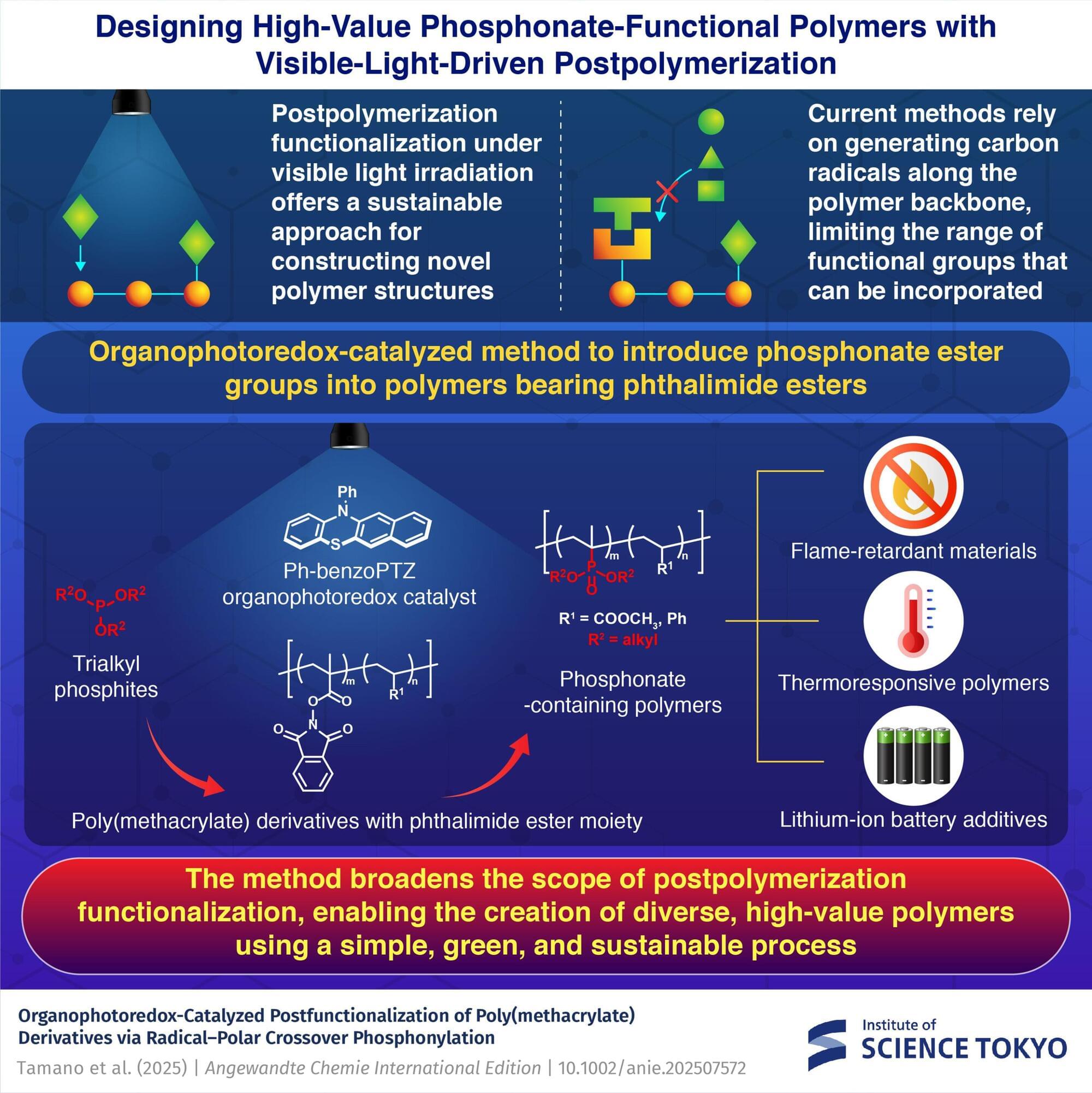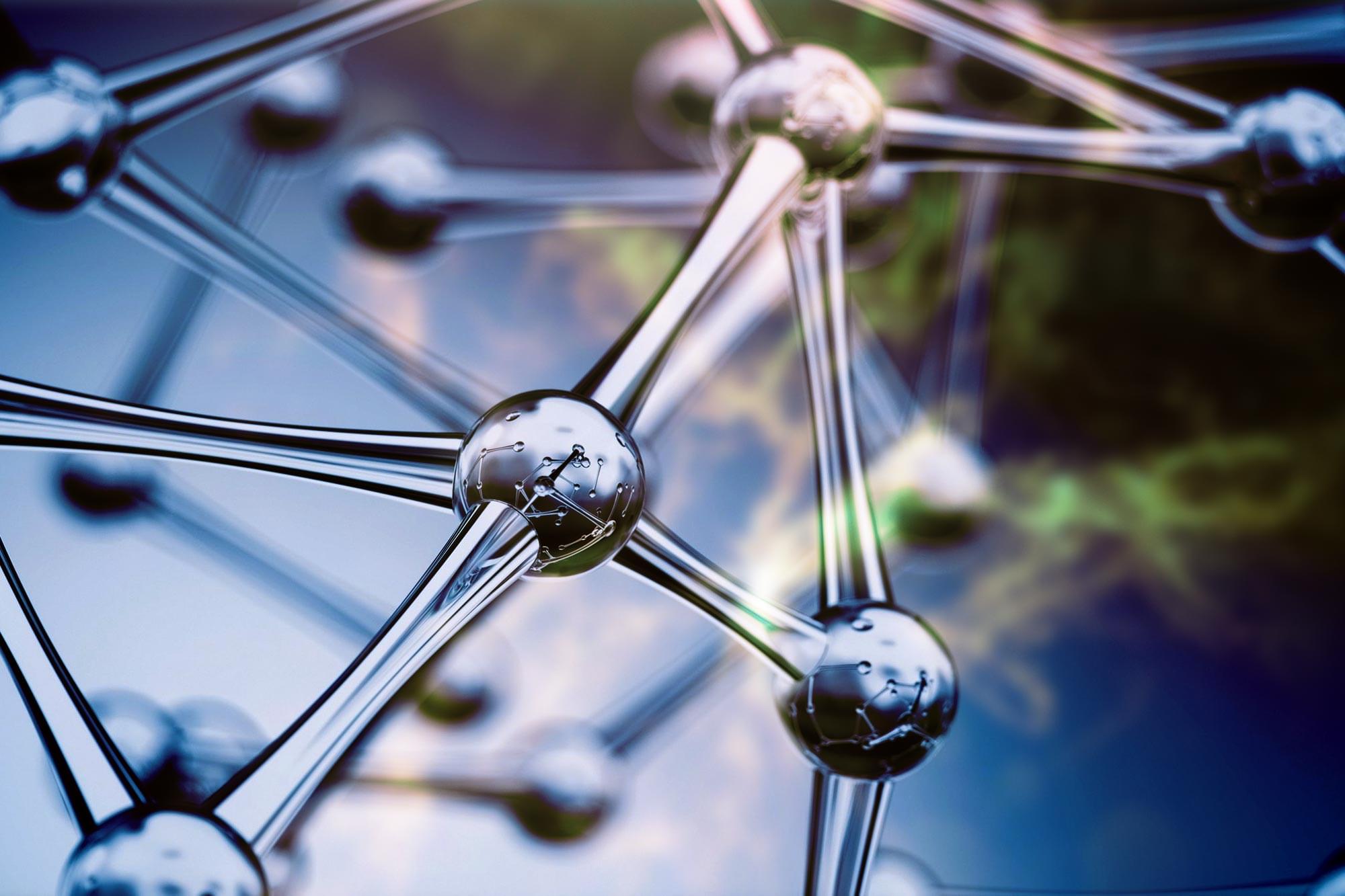An international research team led by GSI/FAIR, Johannes Gutenberg University Mainz (JGU) and Helmholtz Institute Mainz (HIM) has succeeded in the production of a new seaborgium isotope. In the experiment conducted at the GSI/FAIR accelerator facilities, 22 nuclei of seaborgium-257 could be detected. The results were published in the journal Physical Review Letters and highlighted as an “Editor’s Suggestion.”
With the newest addition, 14 isotopes of the artificial superheavy element seaborgium (atomic number 106) are now known. For the production of seaborgium-257, an intense chromium-52 beam from the GSI/FAIR linear accelerator UNILAC impinged onto high-quality lead-206 targets.
Using the highly efficient detection system of the gas-filled recoil separator TASCA (TransActinide Separator and Chemistry Apparatus), 22 decays of seaborgium-257 nuclei were detected in total: 21 fission events and one alpha decay. The half-life of the new isotope, situated just next to the enhanced neutron shell gap at 152, is 12.6 milliseconds.
